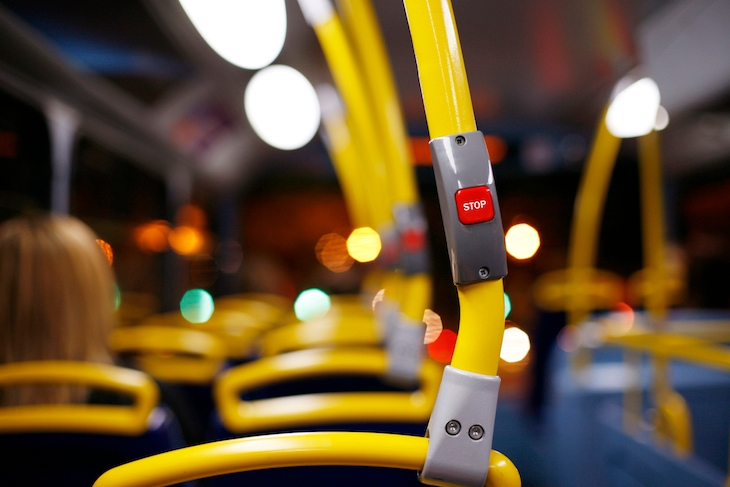When did you last take the bus? If you don’t live in London, probably not for ages. In her two-part series for Radio 4, Mind the Gap, Lynsey Hanley set out to demonstrate just how difficult it is to access public transport outside the capital. In Skelmersdale, billed in the 1960s as a place of opportunity, a new town where everything would work better to make life easy for everyone, rich, middling and poor, no rail connection was built into the plan and now there are very few buses to get around. So bad is it that the council has had to set up a subsidised taxi scheme (euphemistically known as ‘the demand responsive transport system’) so that workers without cars can get to those offices, shops and factories no longer on a bus route. And this at a time when we are supposed to be encouraging consumers to leave the car at home. Skelmersdale is less than half an hour fromLiverpool by car but can take twohours by bus and train, one of the main problems being that the timetables are not integrated.
Only London has a transport authority, linking up bus, underground, overground and suburban railway. Everywhere else the bus networks have been unregulated since government legislation in the mid-1980s, open to commercial competition but intended to have local-authority subsidies as and when necessary. With pressure on budgets, though, bus services have been regarded more and more as inessential and these subsidies have either been drastically reduced or abandoned altogether. The statistics are shocking. In the past decade 134 million miles of bus travel have been lost from outside London (in contrast to the capital where there has been an increase in bus miles travelled of 20 per cent). The outlook is no brighter: of planned transport spending in the future, £4,155 will be spent per head on Londoners, but only £1,600 per head on those who live in the north of England.
Hanley, who doesn’t drive herself, argues that it’s not just inconvenient and isolating for those who happen to live (even in urban conurbations) where there may be only one or at most two buses a day, and no way home after dark apart from taxis.








Comments
Join the debate for just £1 a month
Be part of the conversation with other Spectator readers by getting your first three months for £3.
UNLOCK ACCESS Just £1 a monthAlready a subscriber? Log in